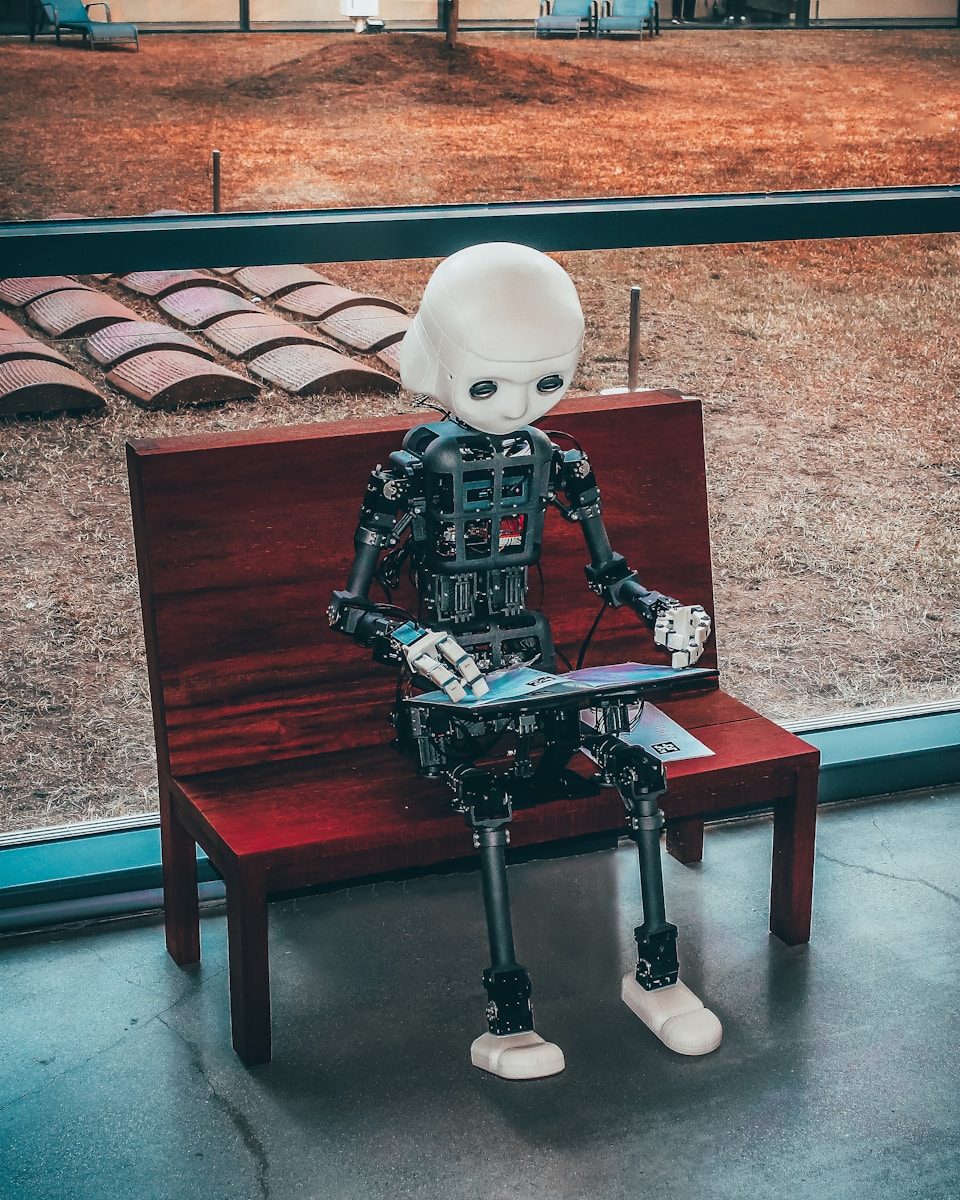The alarming rate at which the world’s rivers are drying up has become a pressing environmental crisis in recent years. This phenomenon, largely driven by extreme weather patterns and climate change, poses severe threats to biodiversity, agriculture, water security, and the livelihoods of millions. Rivers, the lifeblood of our planet, are dwindling at an alarming rate. Driven by the potent cocktail of climate change and extreme weather, these once mighty arteries are shrinking into mere shadows of their former selves. This isn’t just an environmental tragedy; it’s a ticking time bomb for biodiversity, agriculture, water security, and the very livelihoods of millions who depend on their flow
Back in my hometown of Kodagu (Karnataka, India). The River Cauvery, a crucial lifeline for South India, is facing a crisis. Once abundant and life-sustaining, this mighty river is now grappling with the severe impacts of overuse, pollution, and the increasingly palpable effects of climate change. Historically revered and crucial for agriculture, the River Cauvery supports millions of lives in South India. However, the river has been drying up in recent years, with its tributaries and catchment areas suffering significant ecological degradation. Factors contributing to this crisis include unsustainable agricultural practices, industrial pollution, sand mining, and altered rainfall patterns due to climate change.
The depletion of river water is a complex issue influenced by factors like over-extraction for agriculture and industry, pollution, damming, and climate change. Extreme weather events, such as prolonged droughts and erratic rainfall, exacerbated by climate change, have intensified the stress on river ecosystems. However, in this dire situation, Artificial Intelligence (AI), with its advanced analytical and predictive capabilities, offers innovative solutions to mitigate and adapt to the challenges faced by our rivers.
Predicting the Unpredictable: AI models, trained on vast datasets of weather patterns, climate data, and river dynamics, can forecast droughts, floods, and changes in water flow with unprecedented accuracy. This foresight empowers us to anticipate water stress periods, allowing communities to implement water conservation measures and optimize water usage proactively. Imagine farmers pre-emptively adjusting irrigation practices or cities preparing emergency response plans before the deluge hits — all thanks to AI’s premonitions.
Guardians of the Flow: Traditional river monitoring relies on a scattered network of sensors and manual data collection, often leaving critical blind spots. AI-powered sensor networks and advanced image recognition capabilities can provide real-time, comprehensive data on water levels, pollution levels, and even illegal activities impacting river health. Think of an army of vigilant AI eyes constantly scanning the waterways, detecting anomalies, and alerting authorities to potential threats.
Efficient River Management: Managing water allocation between competing needs — agriculture, industry, and domestic use — has always been a delicate dance. AI algorithms can analyze complex data streams to optimize water allocation strategies, ensuring equitable and sustainable distribution while minimizing waste. By fine-tuning irrigation systems, pinpointing leaks in infrastructure, and even predicting crop water needs, AI can stretch every precious drop, ensuring every sector gets its fair share.
From Crisis to Restoration: Restoring degraded rivers is a monumental task, requiring targeted interventions and careful monitoring. AI can lend a hand here too. By analyzing satellite imagery and historical data, AI can identify optimal sites for riverbank restoration, predict the effectiveness of proposed interventions, and even design self-adaptive restoration strategies that adjust to changing conditions. Imagine AI-powered drone fleets planting native trees along eroded banks or robots meticulously removing invasive species, all guided by the wisdom of intelligent algorithms.
Optimizing Water Usage: AI can help efficiently allocate water resources. By analyzing data from agricultural fields, urban areas, and industrial sites, AI systems can recommend optimal water usage strategies that minimize waste and prioritize critical needs, especially during times of scarcity.
Community Engagement and Education: AI can process and interpret complex environmental data into understandable insights for the public. This information can be used to educate communities about sustainable practices and the importance of river conservation.
However, harnessing the power of AI for rivers comes with its own challenges. Ethical considerations of data privacy and equitable access to technology need careful consideration. Furthermore, AI is not a silver bullet; it must be embedded within a holistic approach that addresses the root causes of river drying, such as unsustainable water usage and deforestation.
The fight to save our rivers is complex, but the future isn’t bleak. As we navigate the complexities of climate change, AI stands as a vital ally in our efforts to preserve the lifeblood of our planet — its rivers. Embracing AI in river conservation is not just a technological choice but a commitment to a sustainable and water-secure future for all. Let’s not just watch our rivers disappear; let’s leverage the power of AI to ensure they flow strong for generations to come. Because a future with healthy rivers is a thriving planet and a secure future for all.
If you all have ideas and would like to collaborate on the River Cauvery & Western Ghats/Kodagu AI-driven conservation project, please email me at machaiah@poonacha.com






